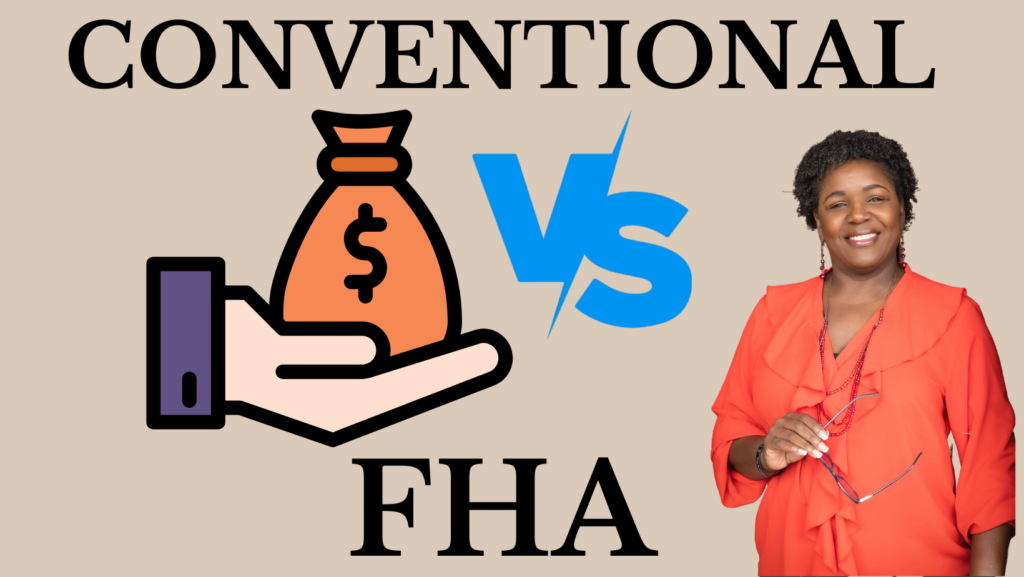Conventional and FHA loans are two common types of mortgage loans available to homebuyers in the United States. Each has its own set of features and requirements, and understanding the differences between them can help you make an informed decision when choosing the right loan for your needs. Here are the key differences between conventional and FHA loans:
Conventional Loan: A conventional loan is not insured or guaranteed by any government agency. Instead, it is originated and funded by private lenders, such as banks, credit unions, or mortgage companies.
FHA Loan: An FHA loan is backed by the Federal Housing Administration (FHA), which is a part of the U.S. Department of Housing and Urban Development (HUD). The FHA does not lend money directly but provides insurance to lenders against potential borrower defaults, making it easier for borrowers to qualify for the loan.
Down Payment:
- Conventional Loan: Conventional loans typically require a higher down payment, often ranging from 3% to 20% of the home’s purchase price. The exact down payment requirement depends on the lender and the borrower’s creditworthiness.
- FHA Loan: FHA loans are known for their lower down payment requirements. As of my knowledge cutoff in September 2021, the minimum down payment for an FHA loan was 3.5% of the home’s purchase price. However, please note that this may change over time, so it’s essential to check the most recent guidelines.
Credit Score Requirements:
- Conventional Loan: Conventional loans typically have stricter credit score requirements compared to FHA loans. Lenders usually look for a higher credit score to qualify for a conventional loan, often above 620 or even 640.
- FHA Loan: FHA loans are more lenient regarding credit scores. Borrowers with credit scores as low as 580 may be eligible for an FHA loan with a 3.5% down payment. However, borrowers with lower credit scores may still qualify with a higher down payment.
Mortgage Insurance:
- Conventional Loan: Private Mortgage Insurance (PMI) is required for conventional loans if the borrower puts down less than 20% of the home’s purchase price. PMI protects the lender in case of borrower default.
- FHA Loan: FHA loans require both an upfront mortgage insurance premium (MIP) and an annual MIP. The upfront MIP can be financed into the loan amount, and the annual MIP is paid as part of the monthly mortgage payment. The MIP serves as insurance for the FHA-backed lender.
Property Types:
- Conventional Loan: Conventional loans can be used for various types of properties, including primary residences, second homes, and investment properties.
- FHA Loan: FHA loans are primarily designed for owner-occupied properties, so they are typically used for primary residences.
Loan Limits:
- Conventional Loan: Conventional loan limits are set by the Federal Housing Finance Agency (FHFA) and can vary by location. These limits define the maximum loan amount that can be considered a conventional loan and are subject to change each year.
- FHA Loan: FHA loan limits are also set by the government and are generally lower than conventional loan limits. Like conventional loan limits, they can vary by location and are subject to change.
Both conventional and FHA loans have their advantages and disadvantages, so it’s essential to consider your financial situation and long-term goals when choosing between them. Consulting with a qualified mortgage lender or financial advisor can be beneficial in making the best decision for your specific circumstances.

Type your email…

